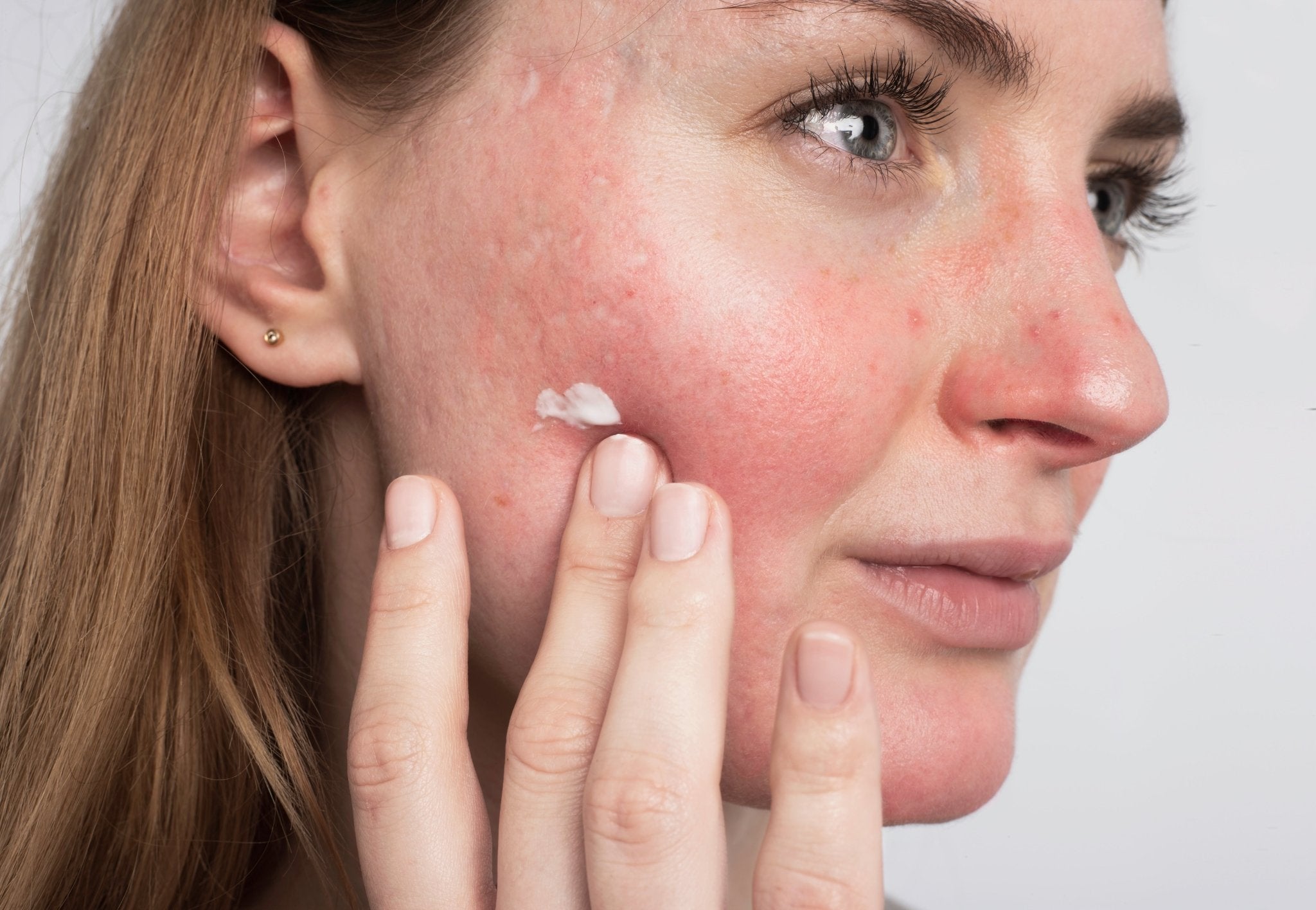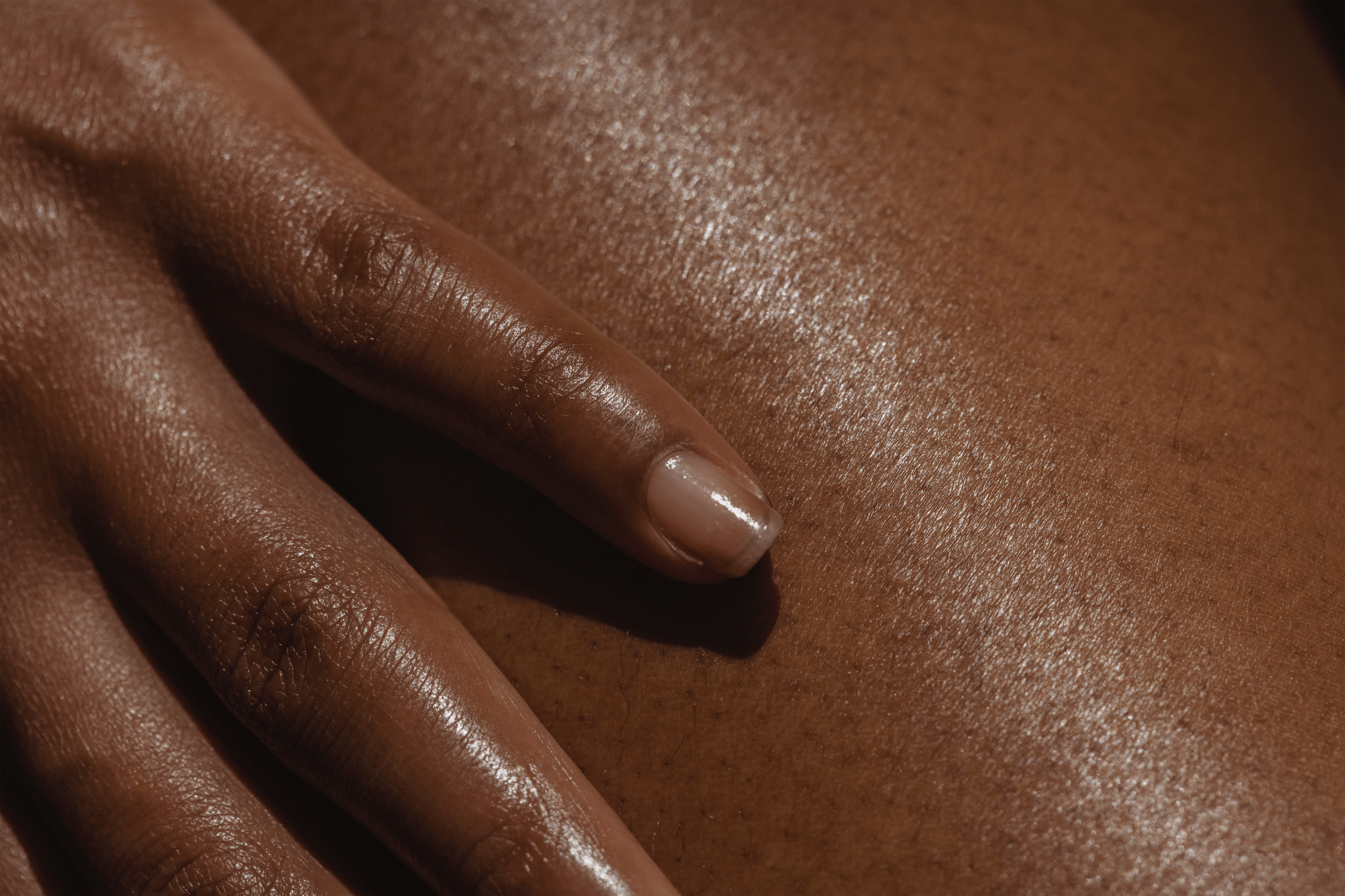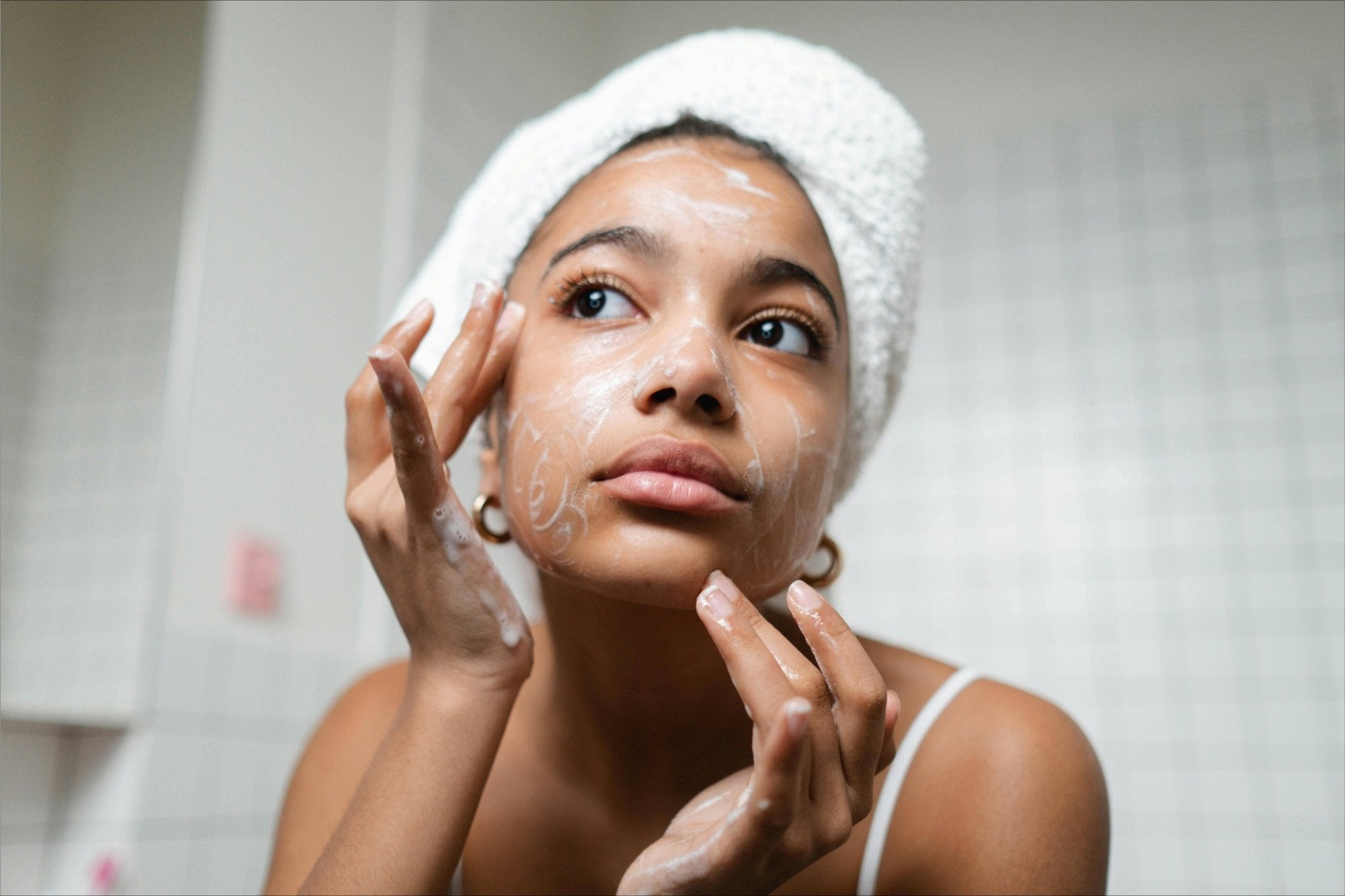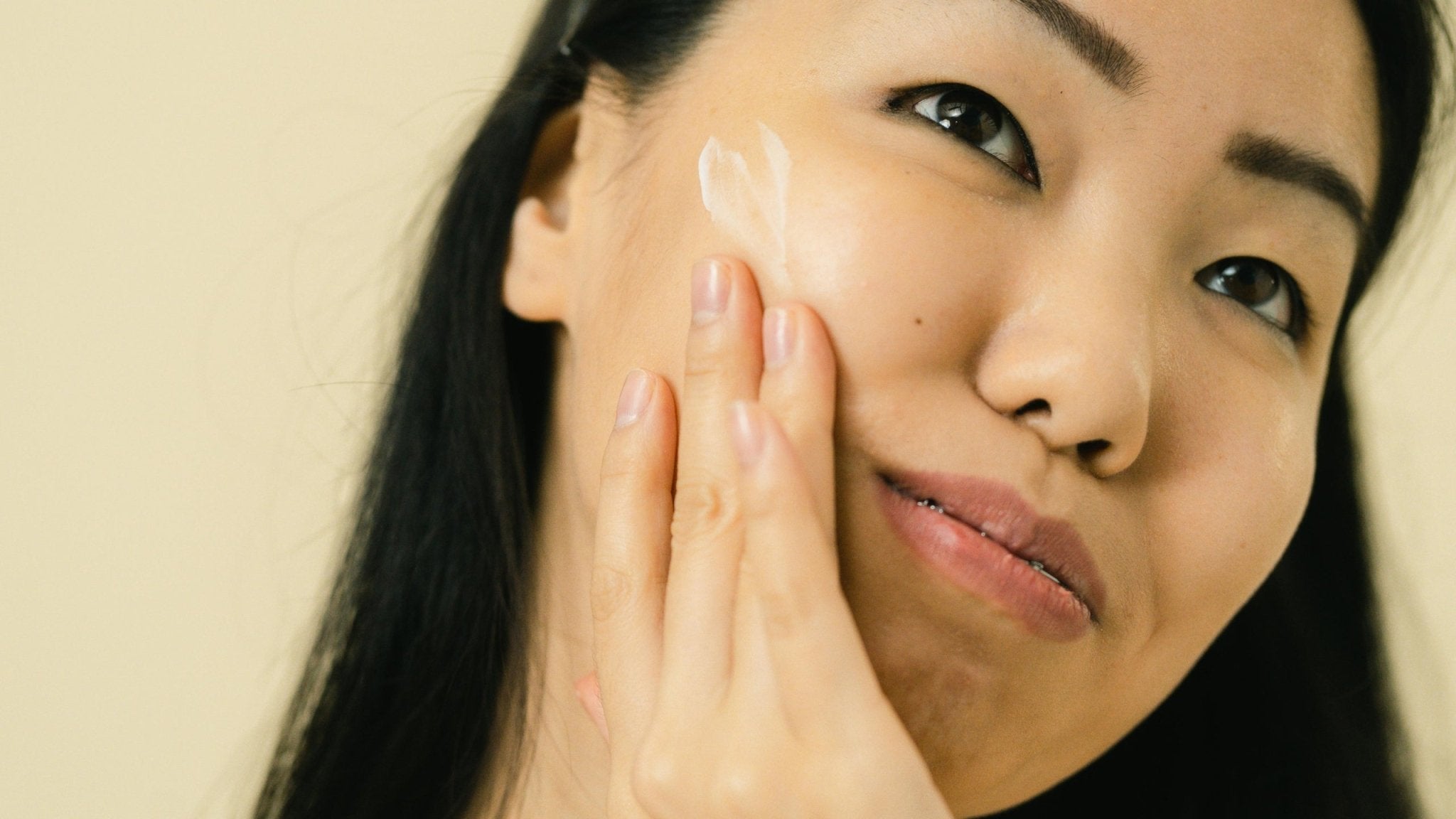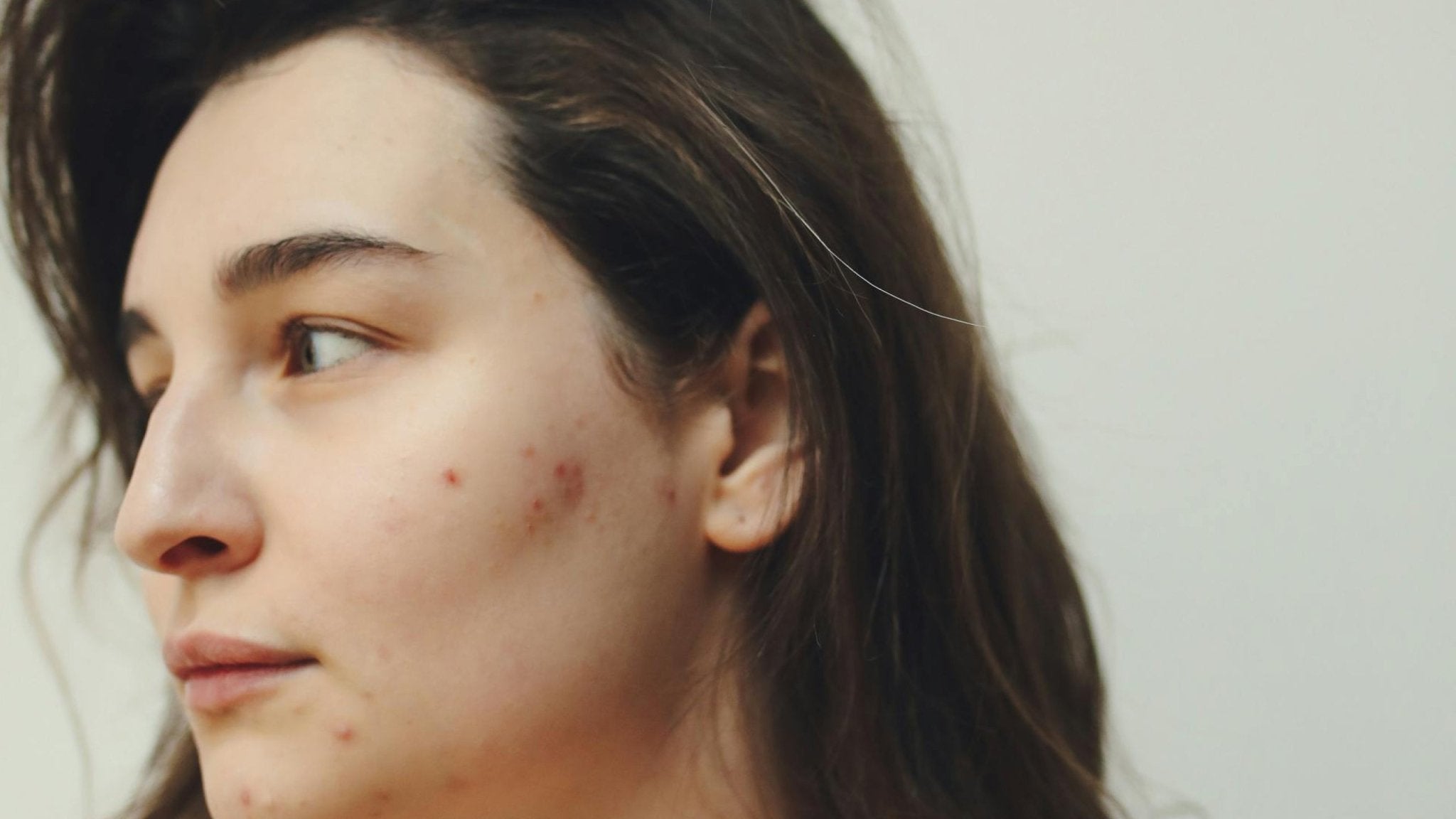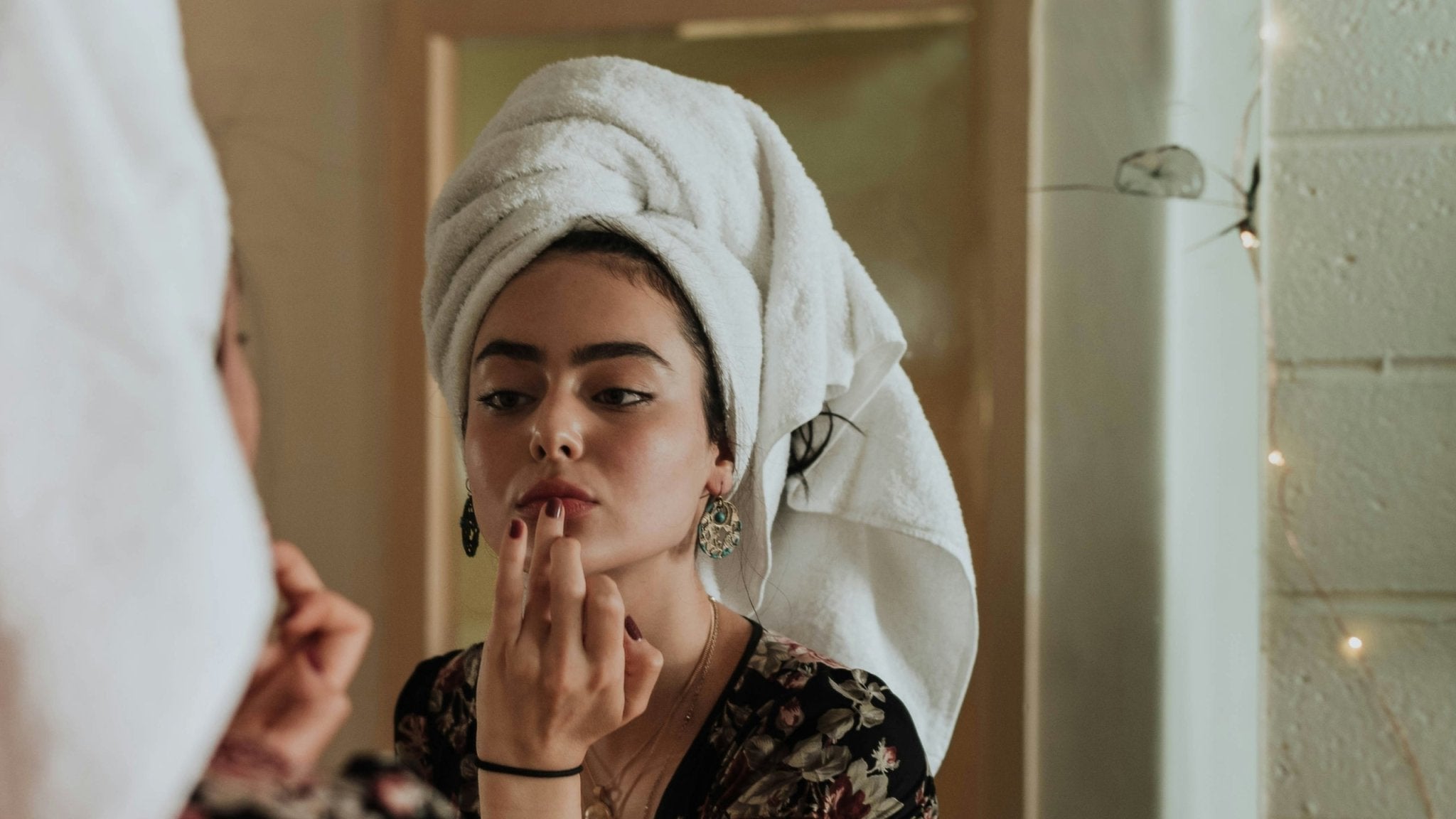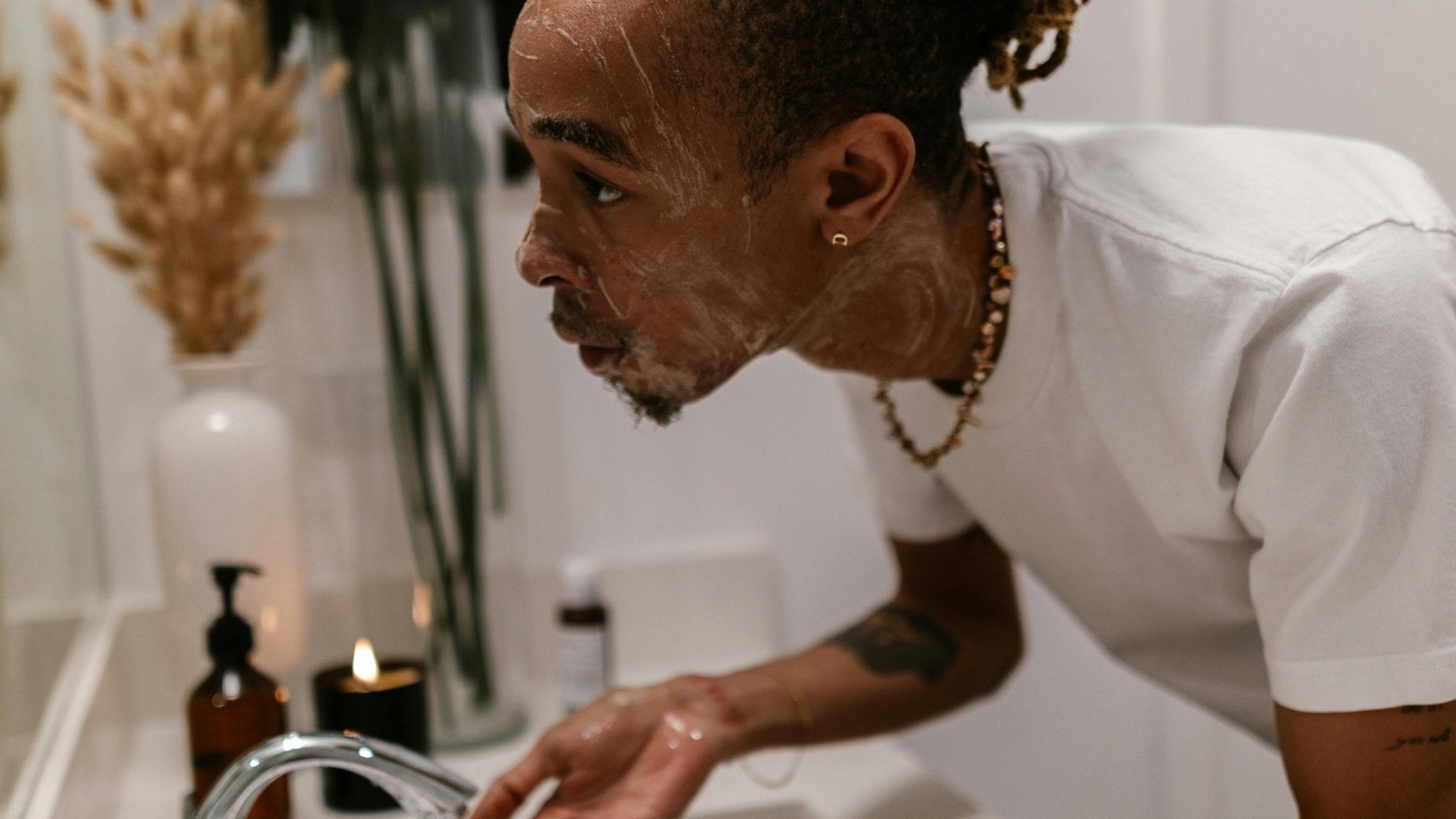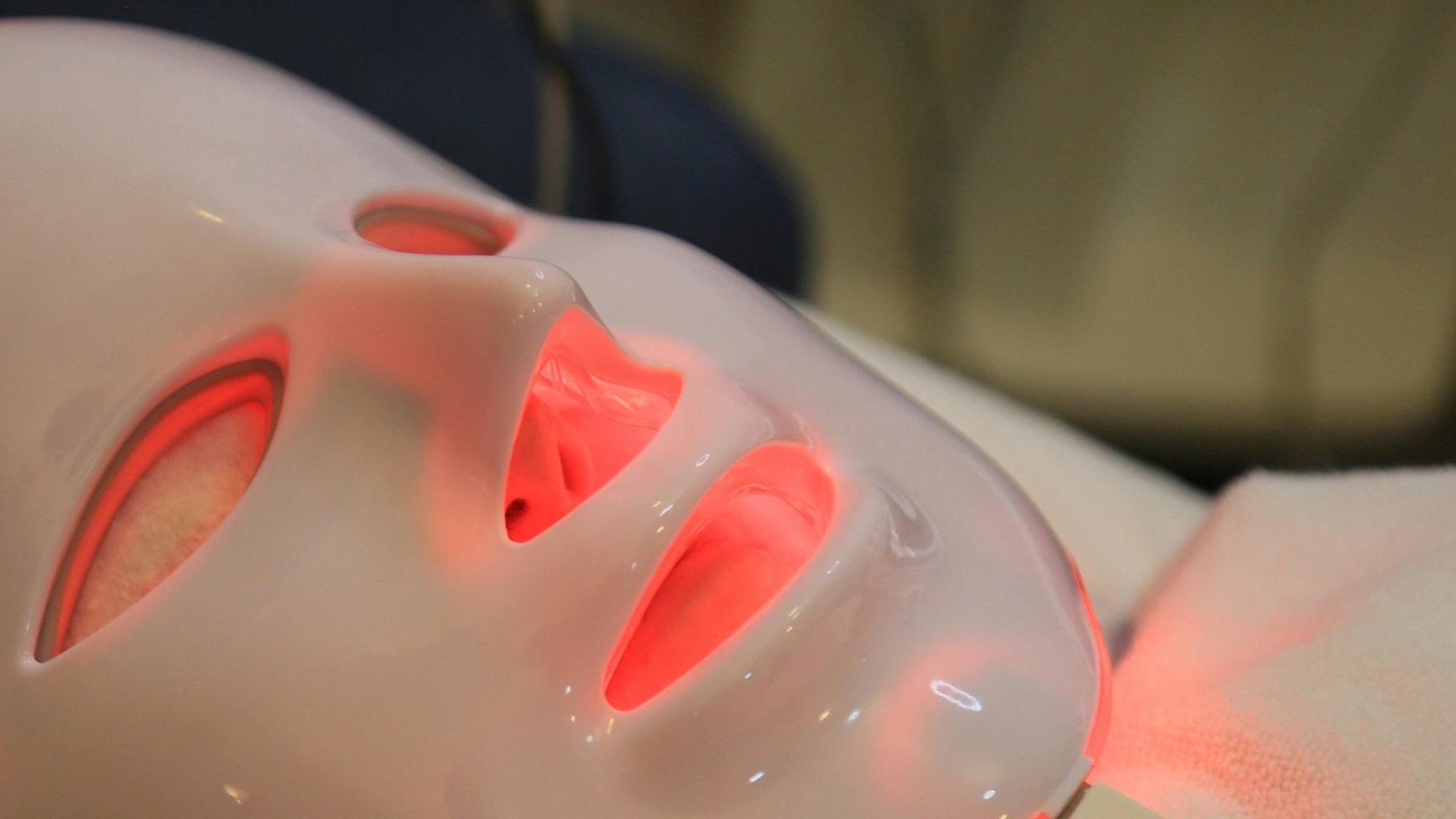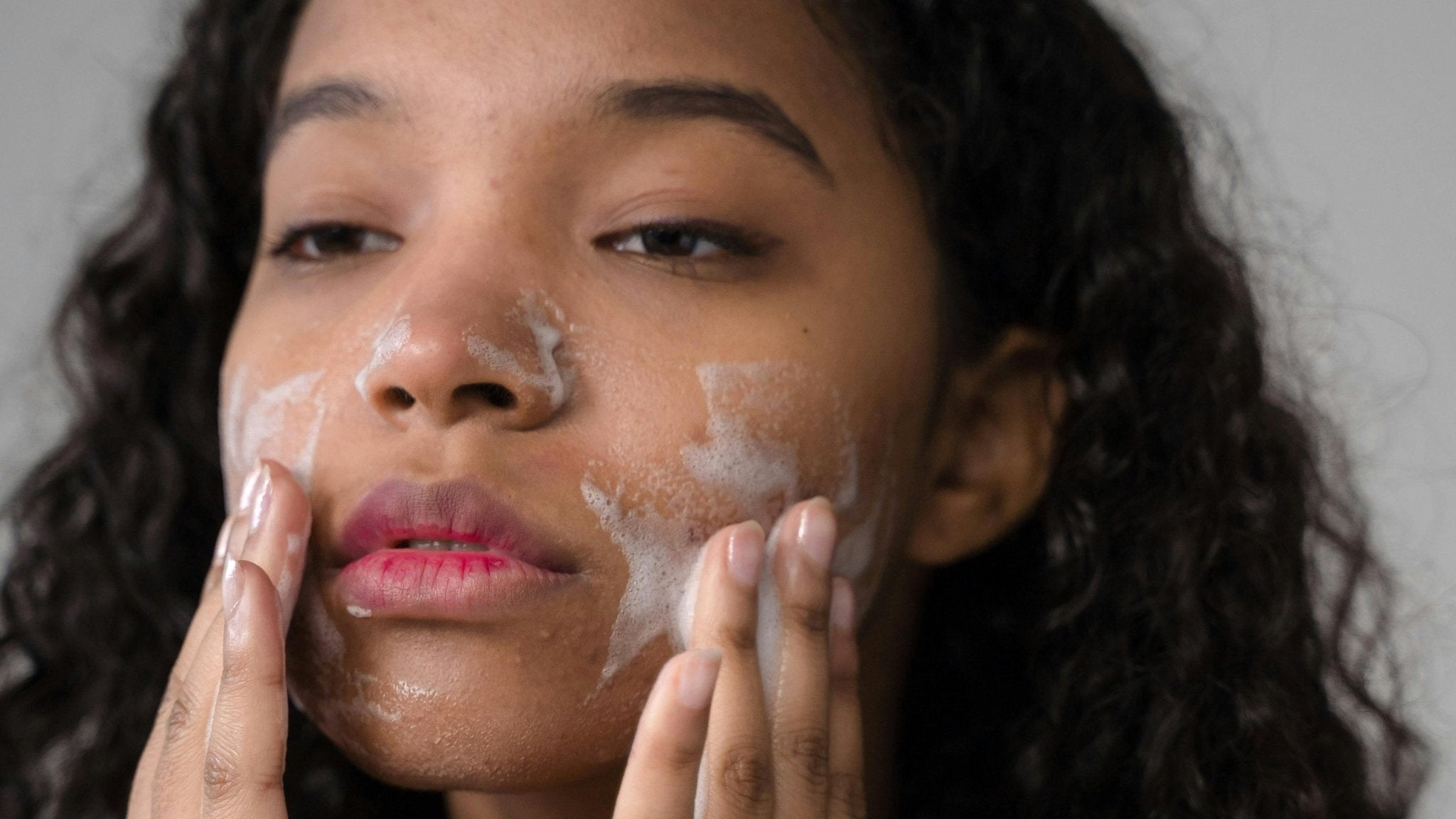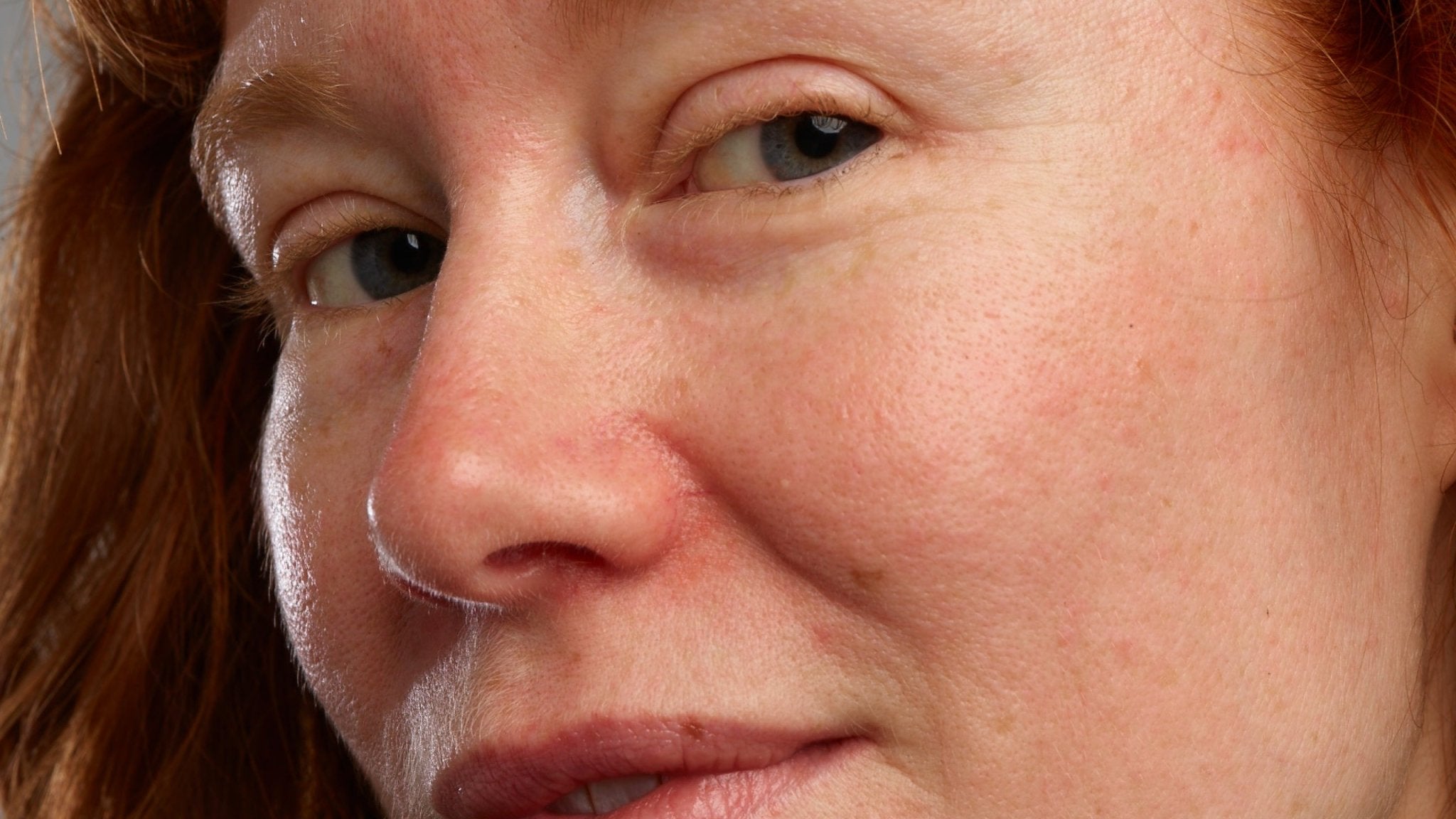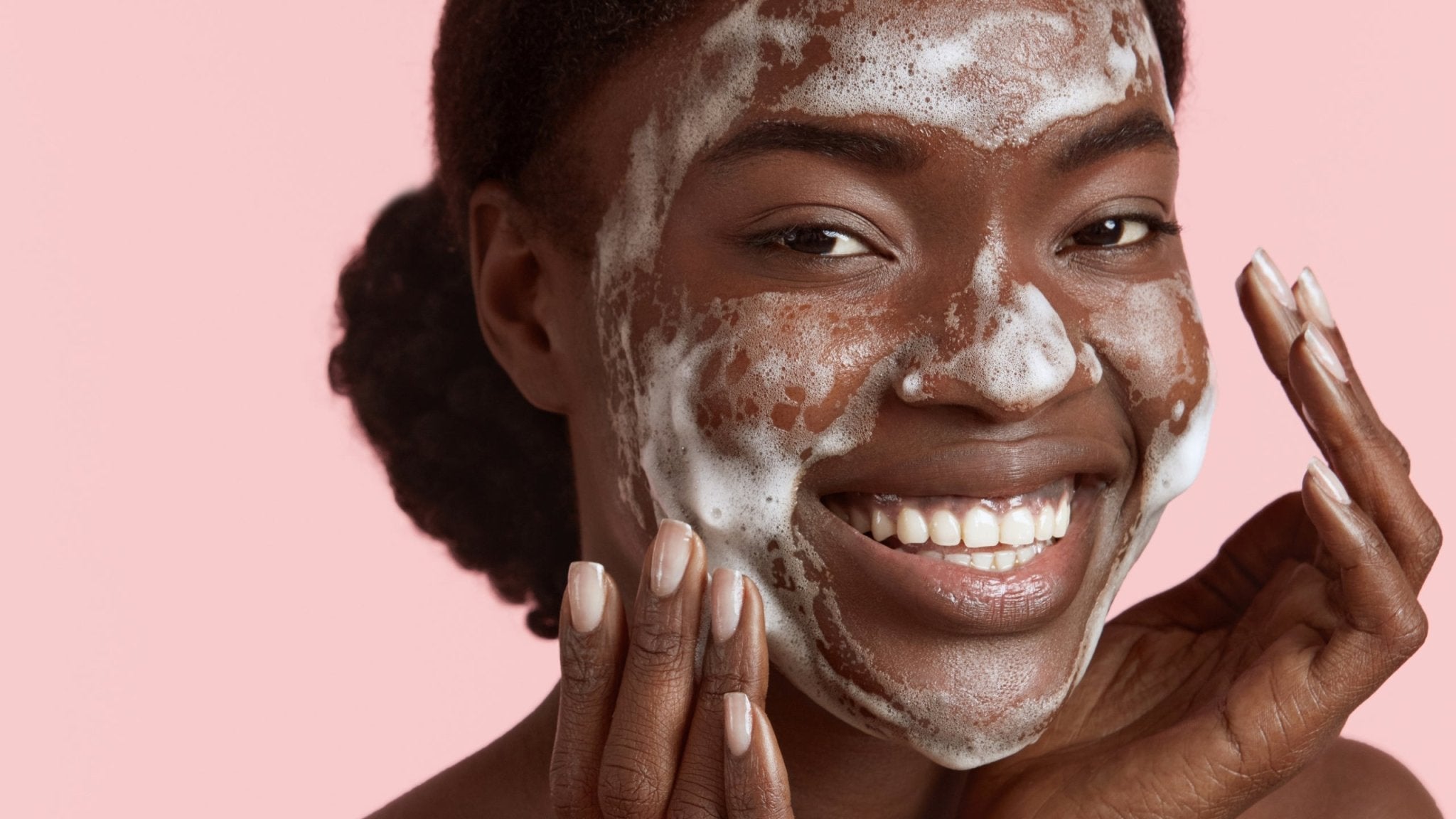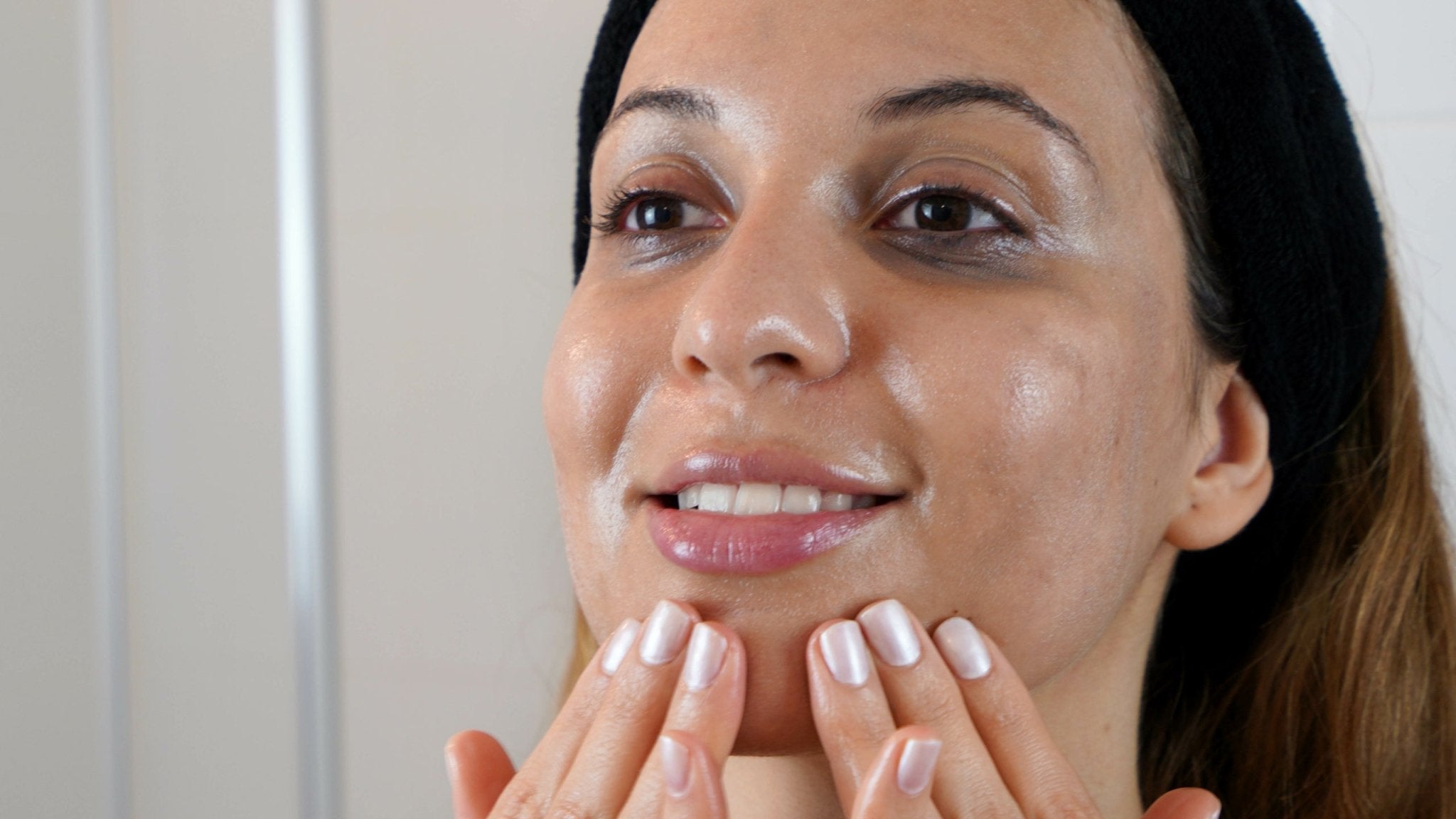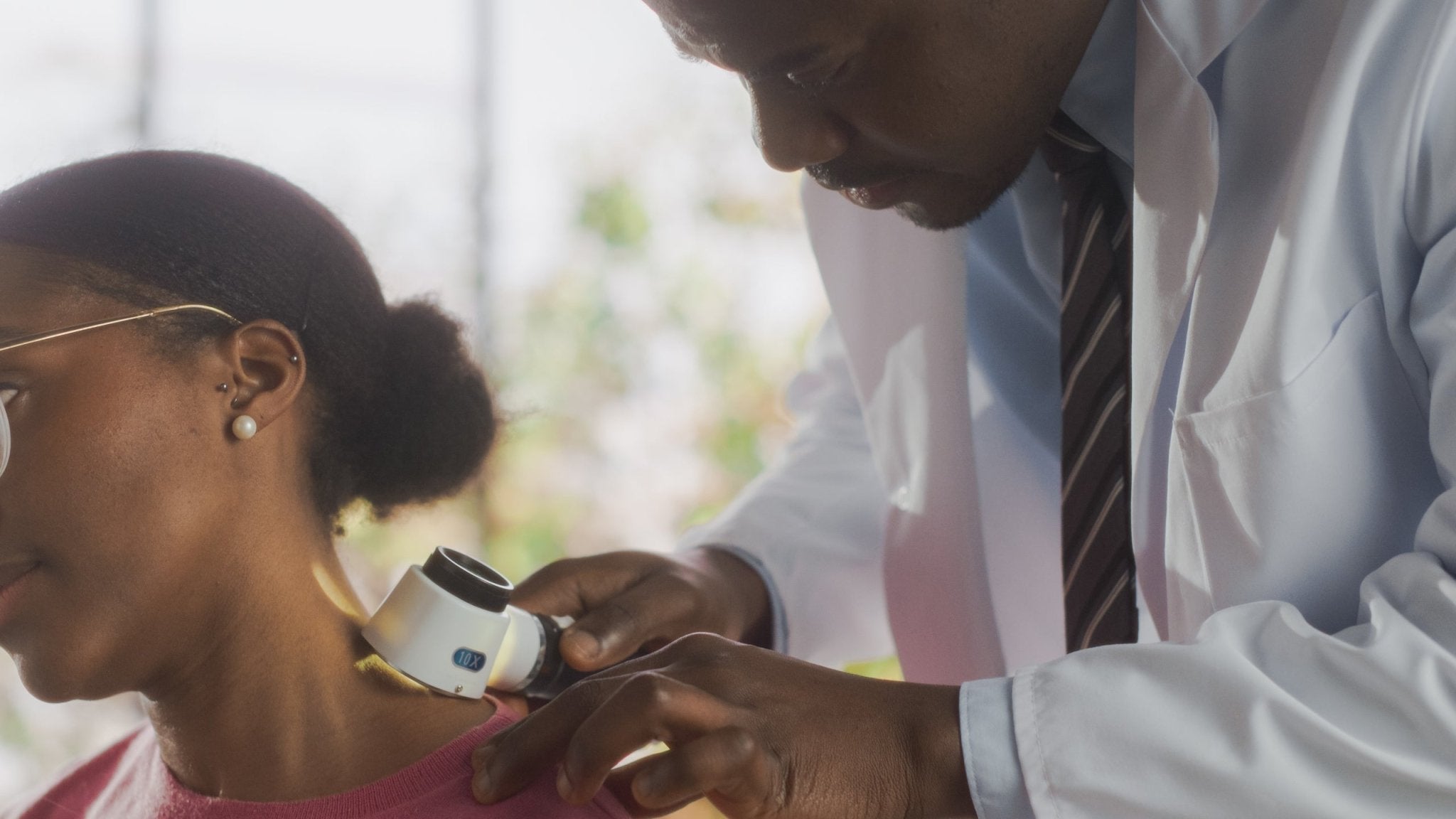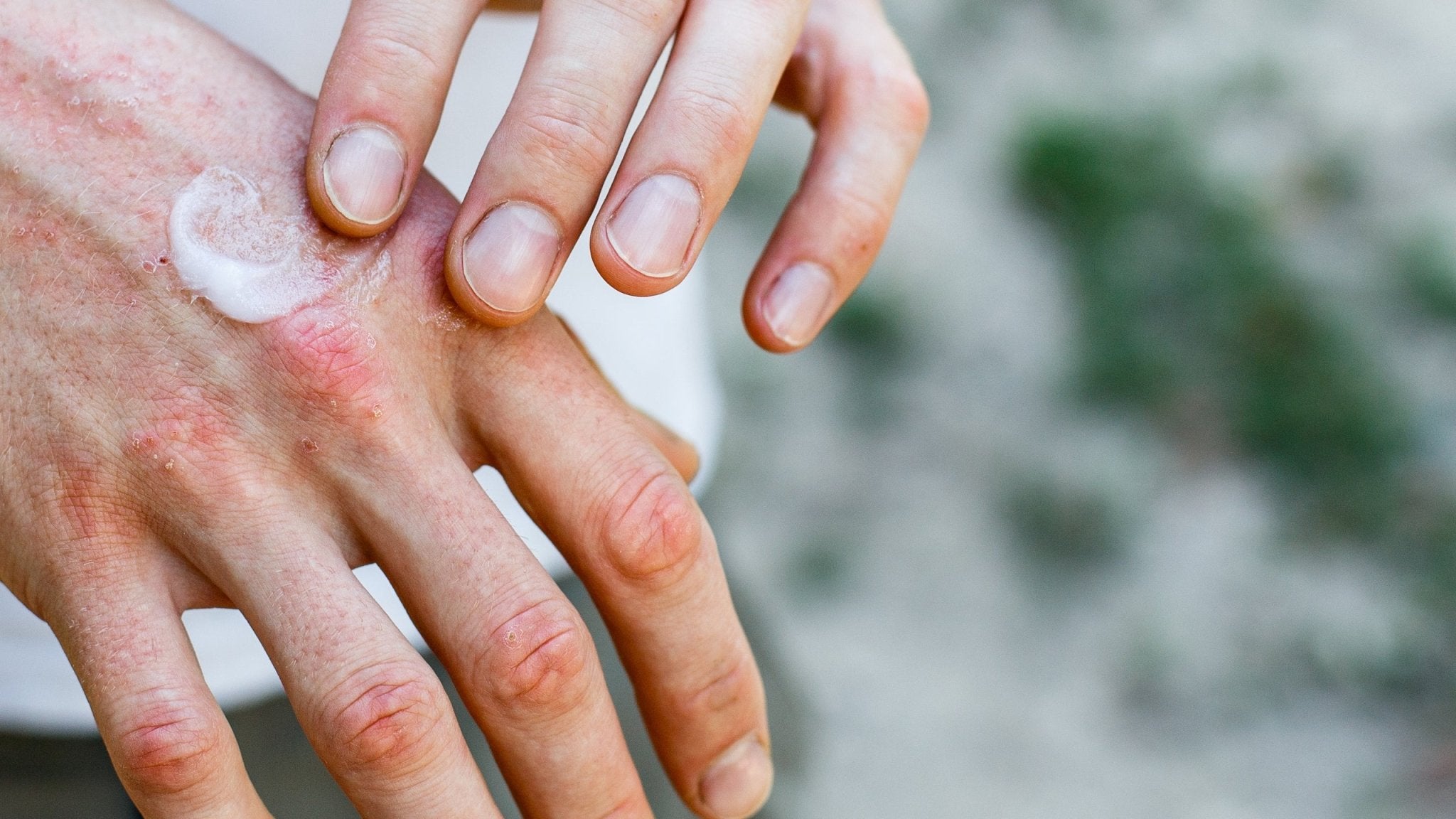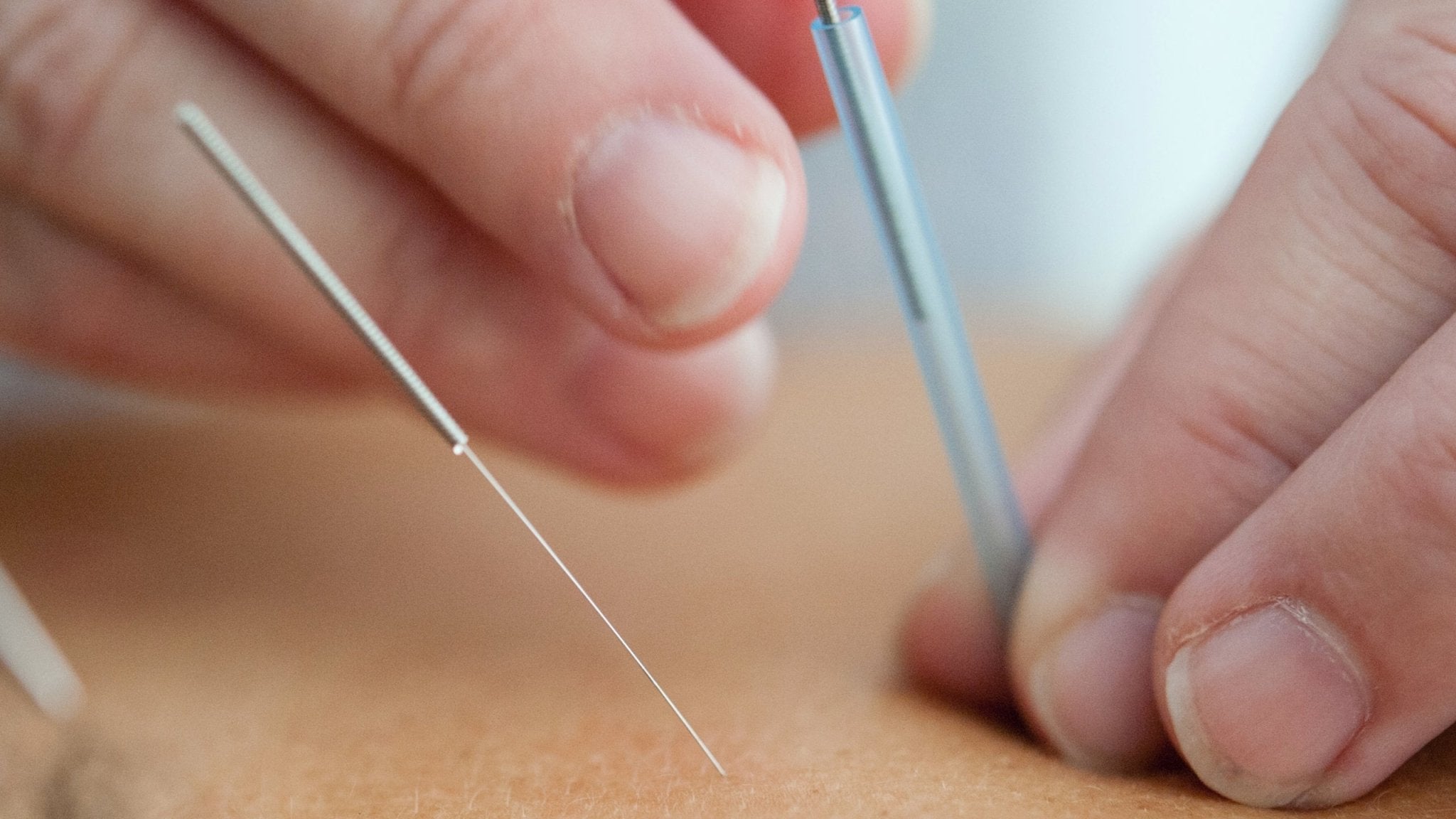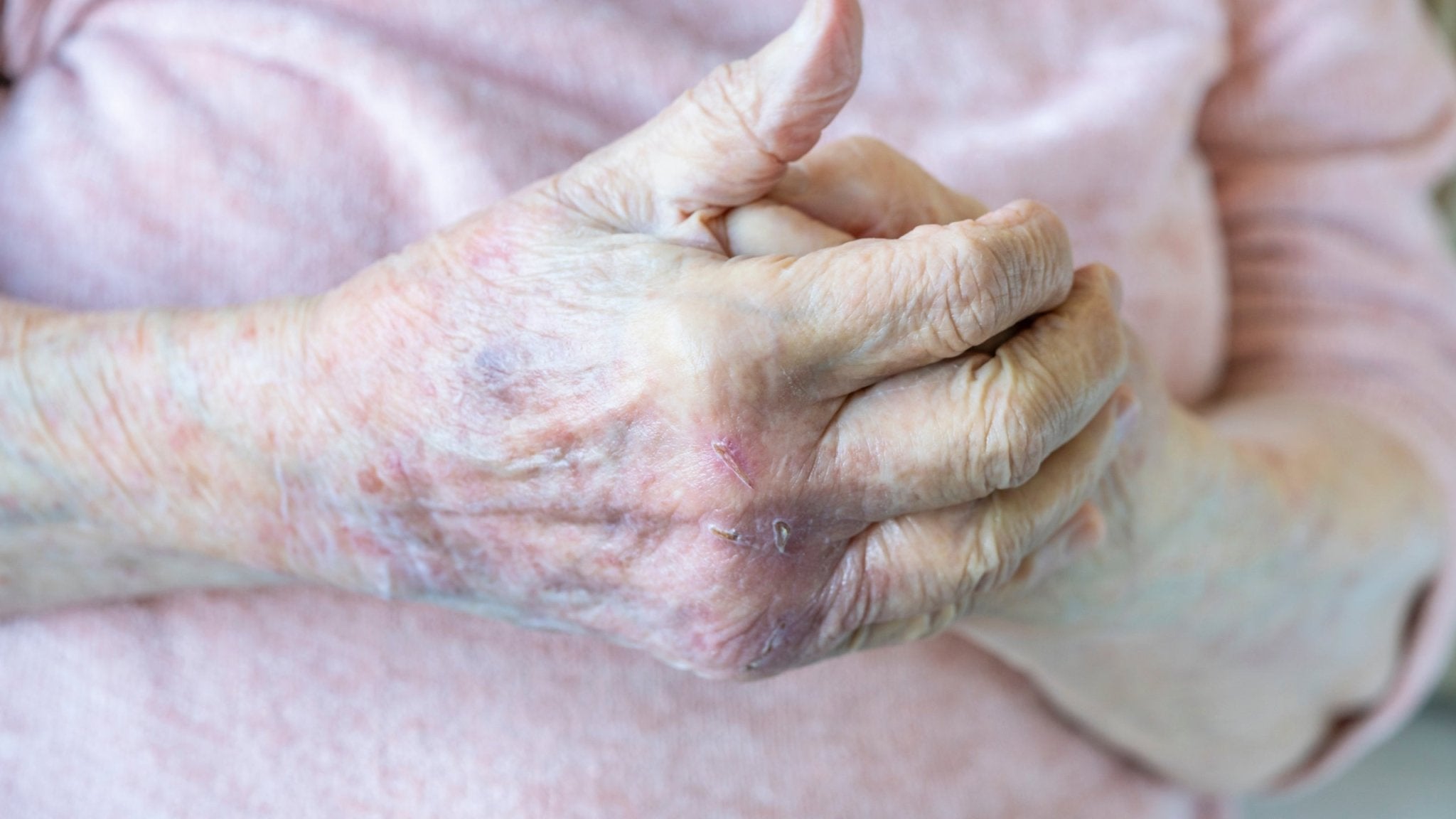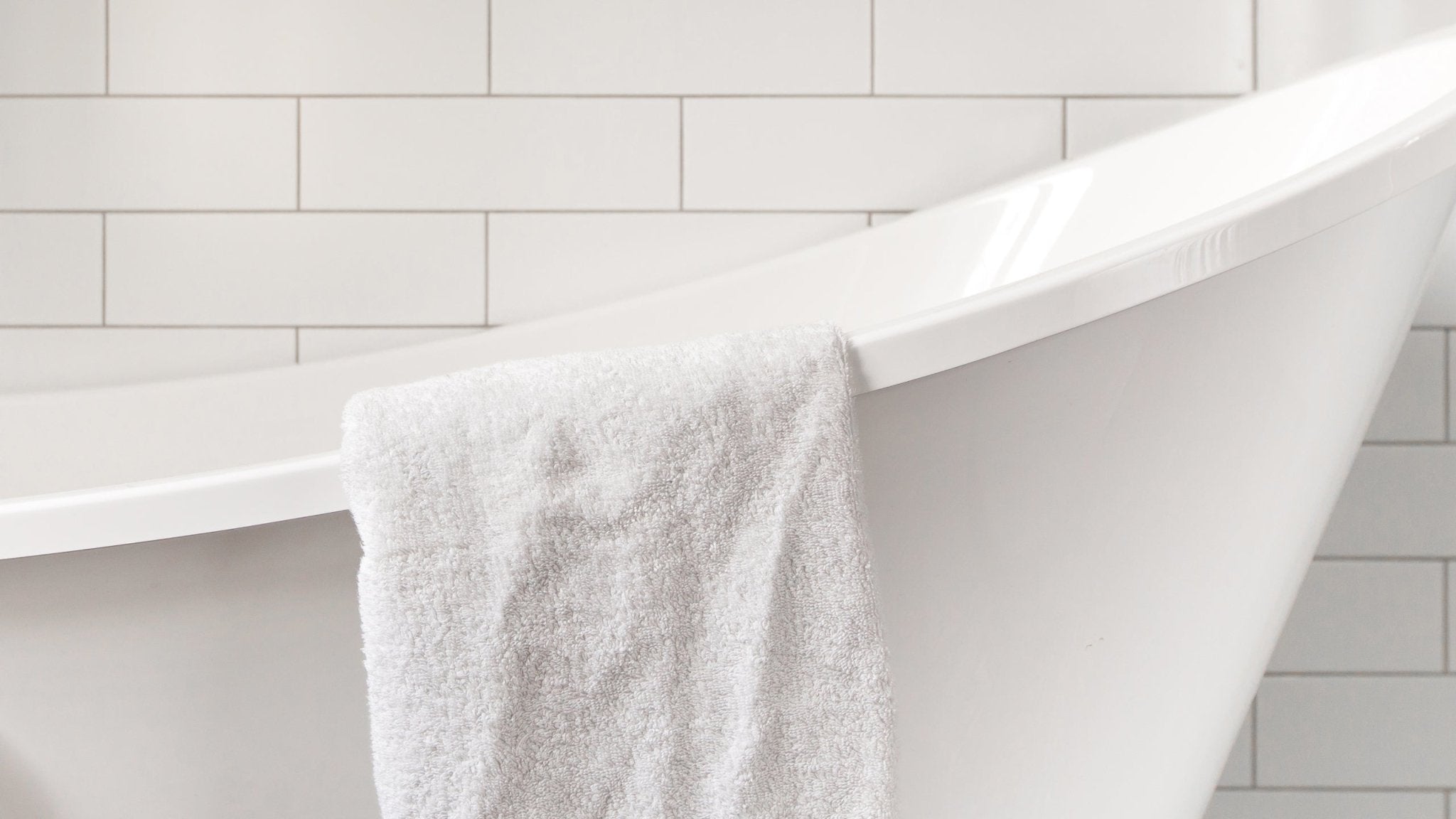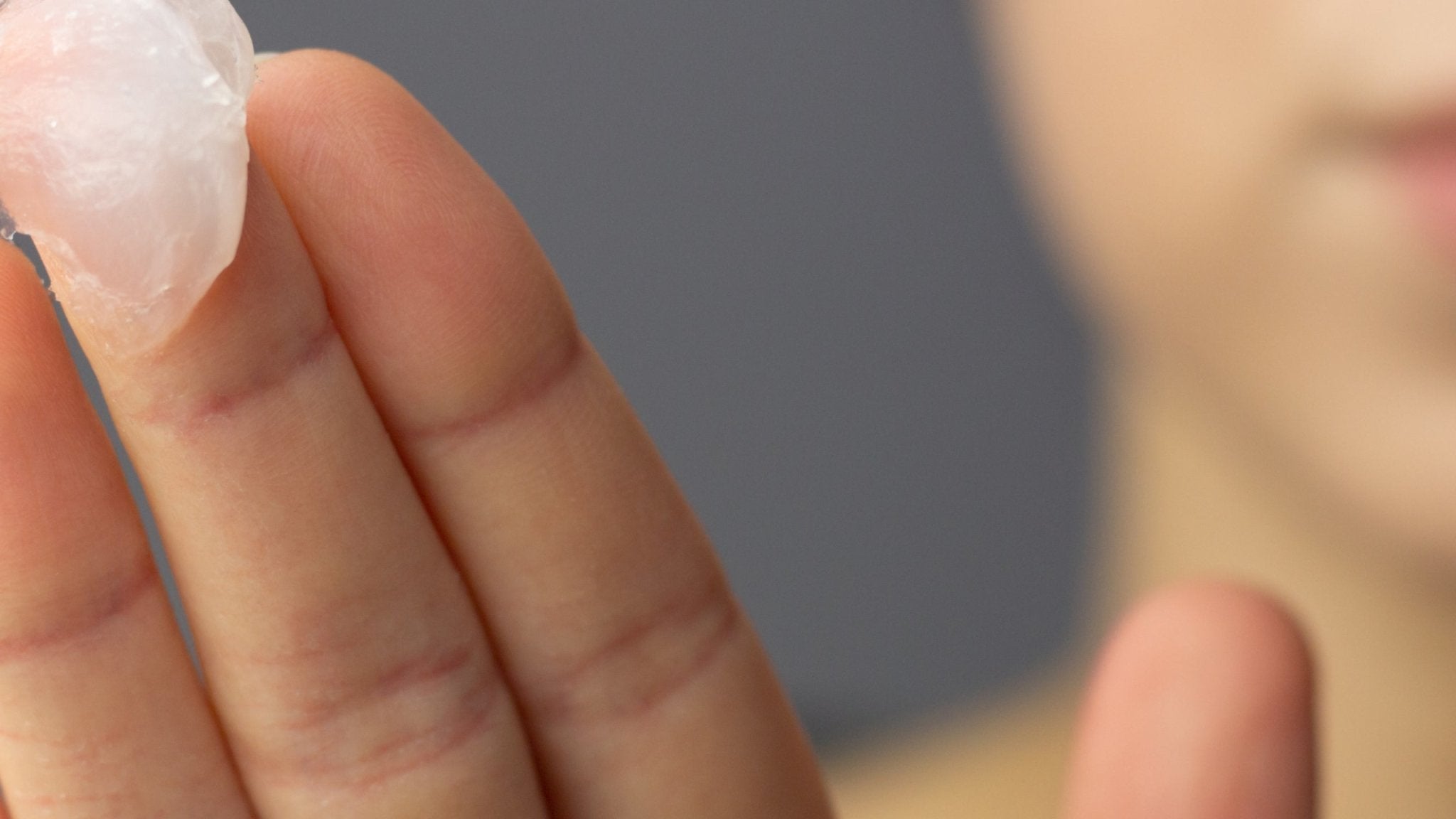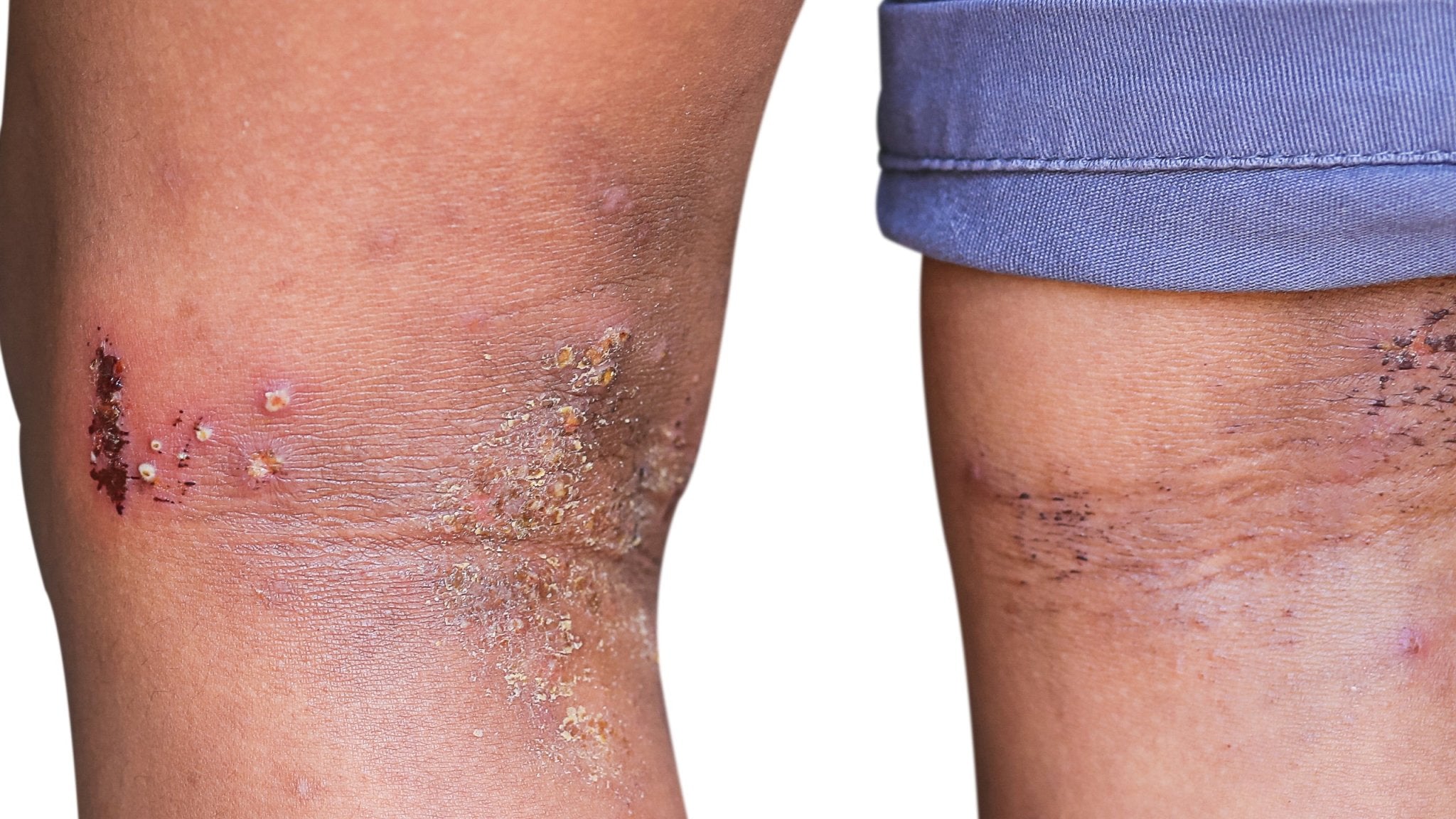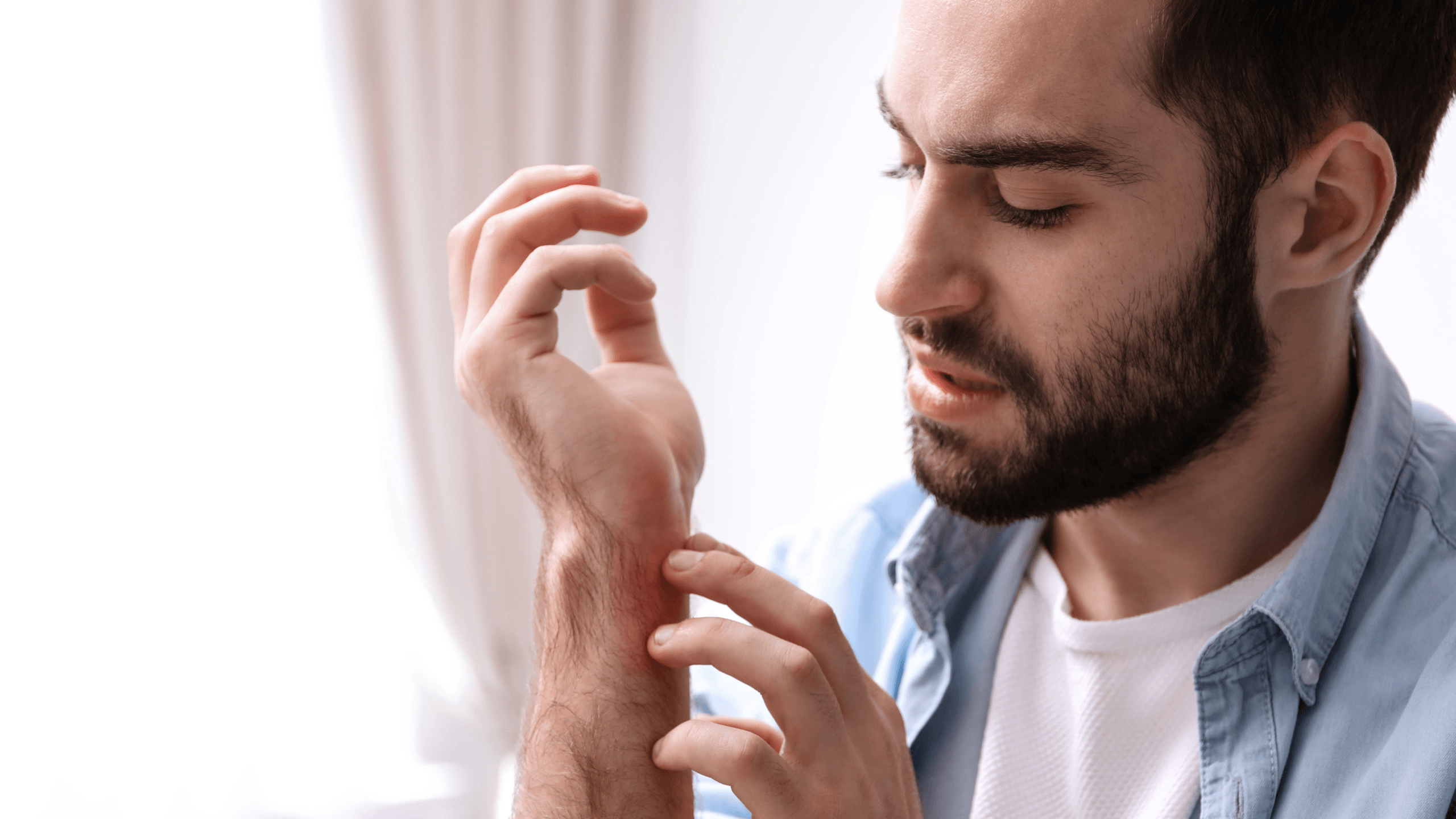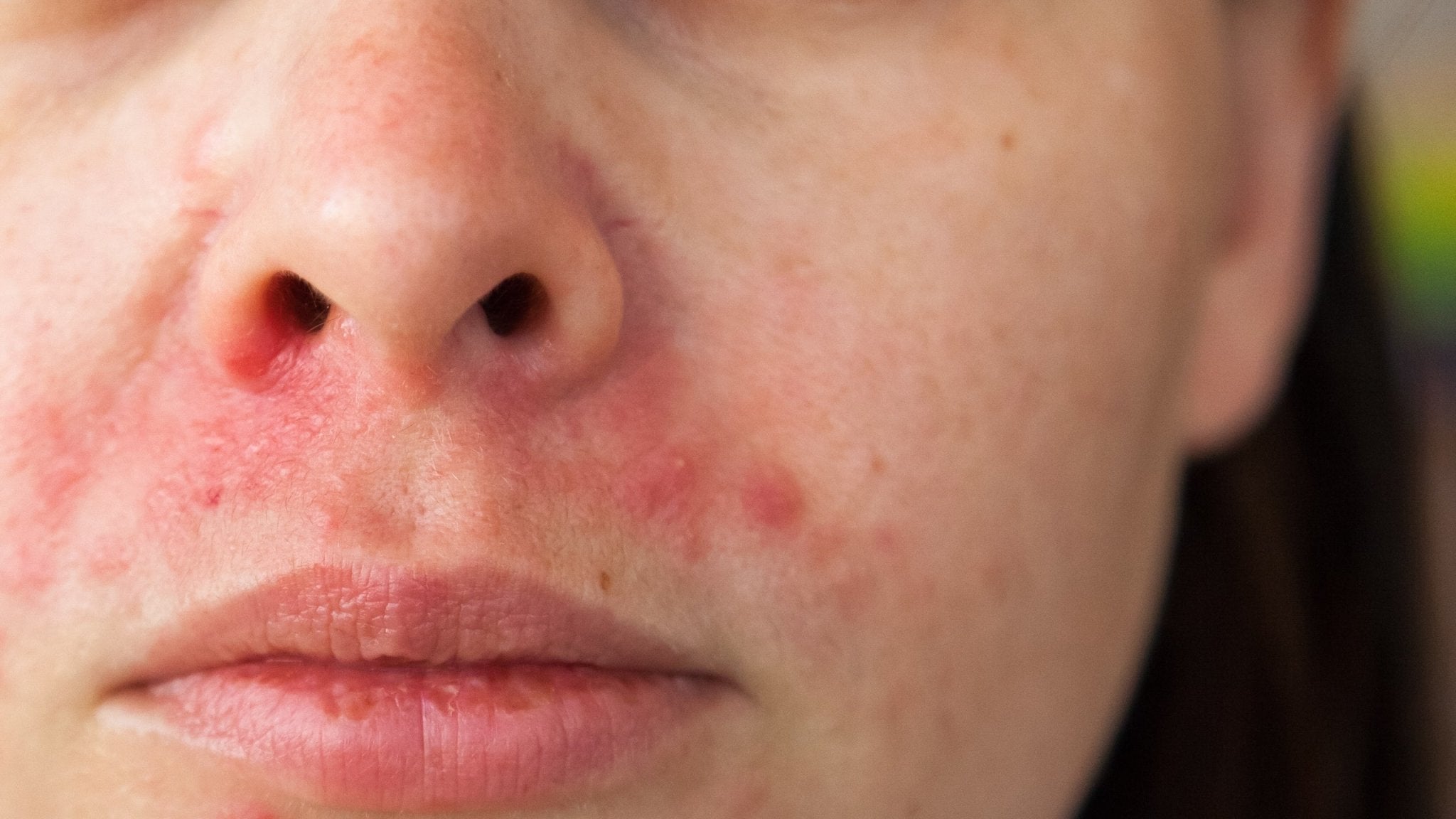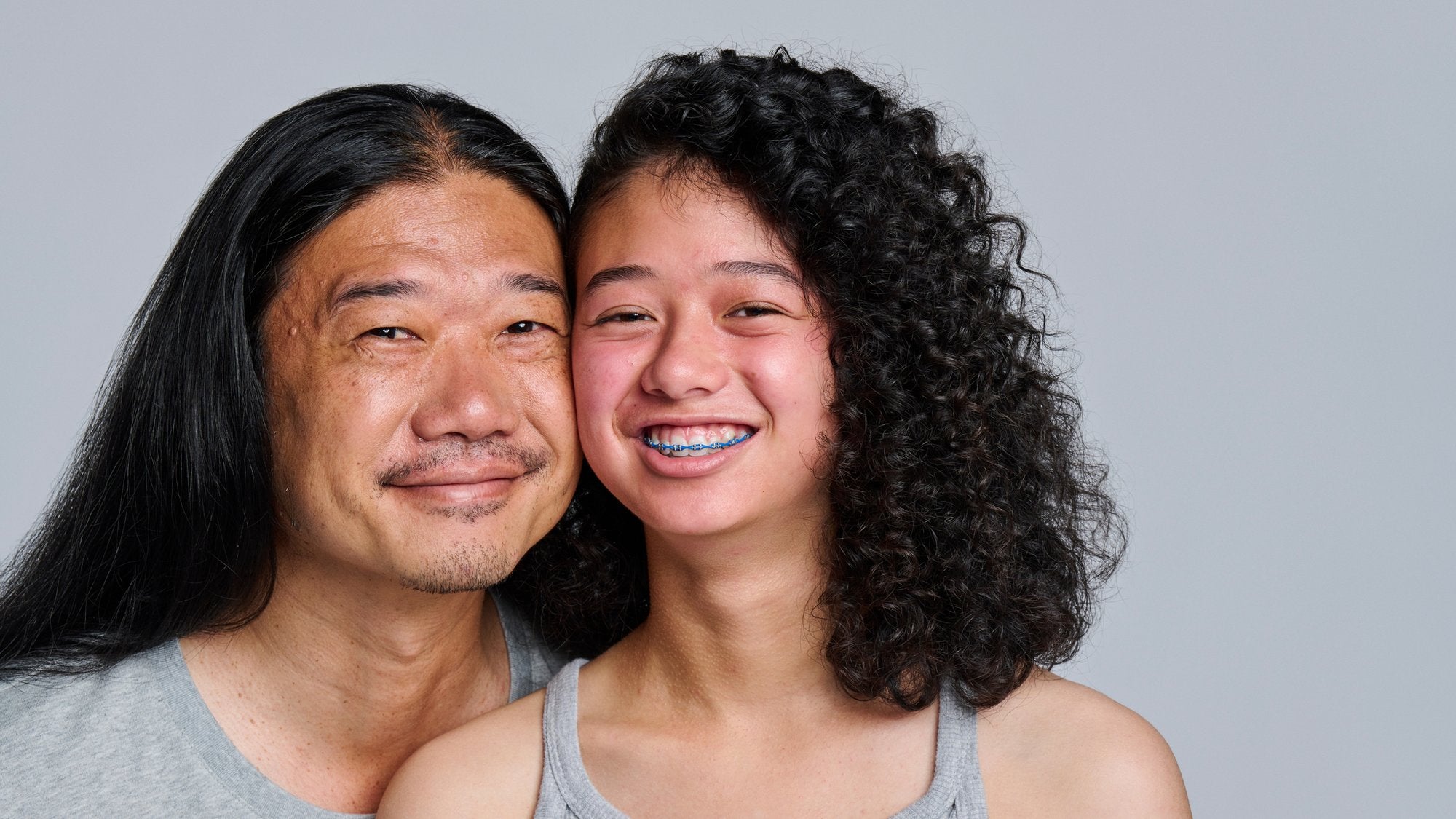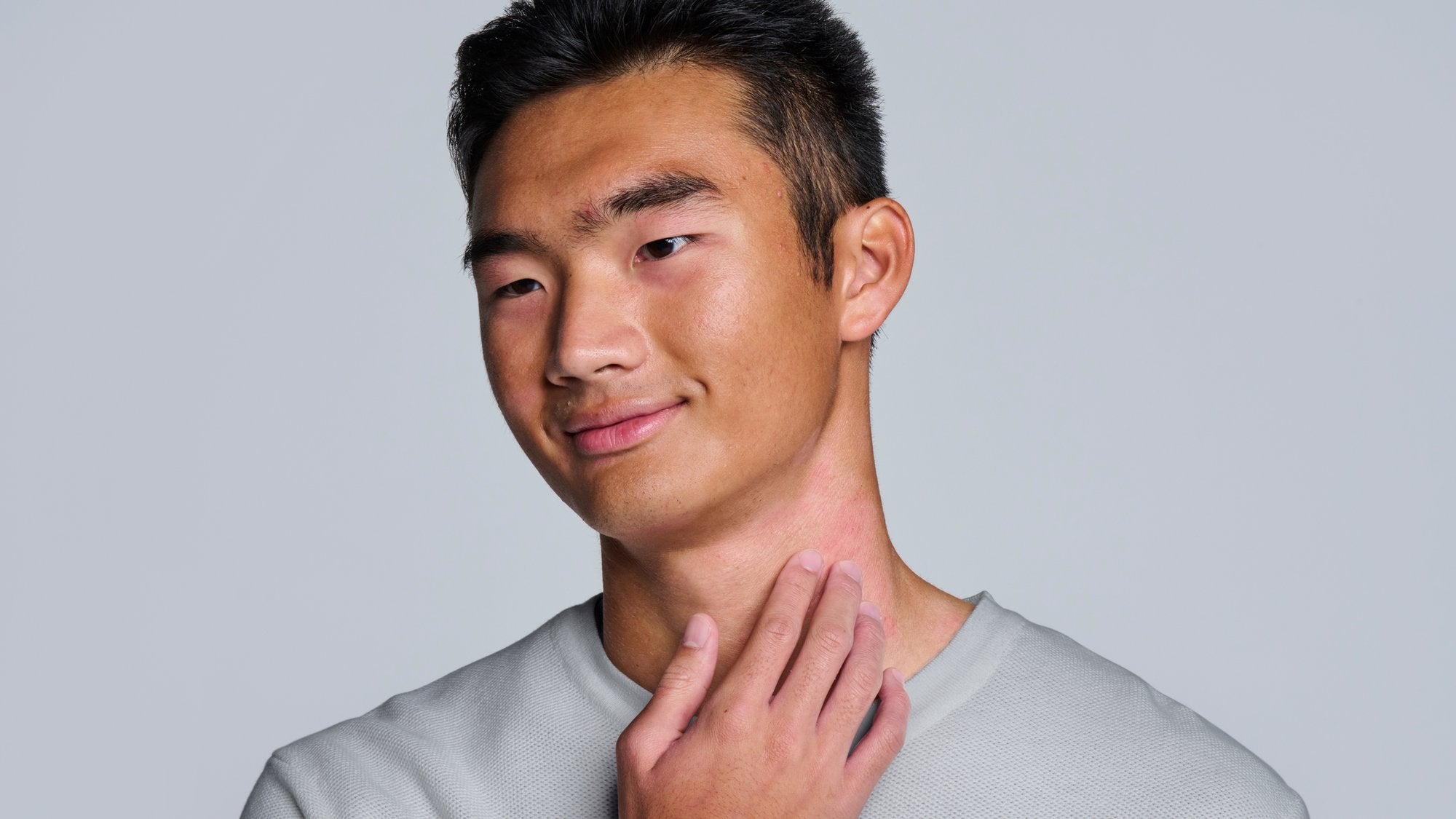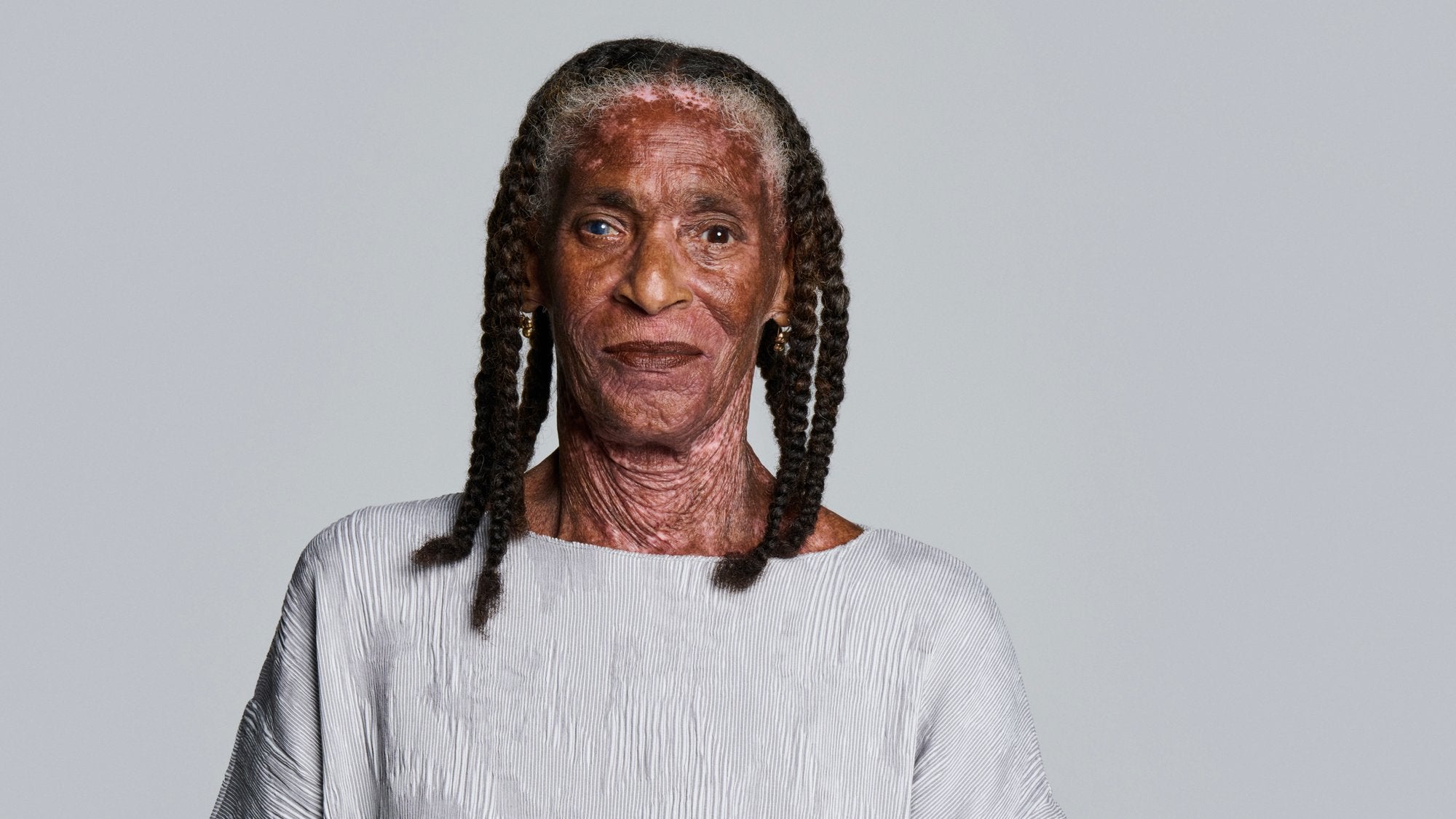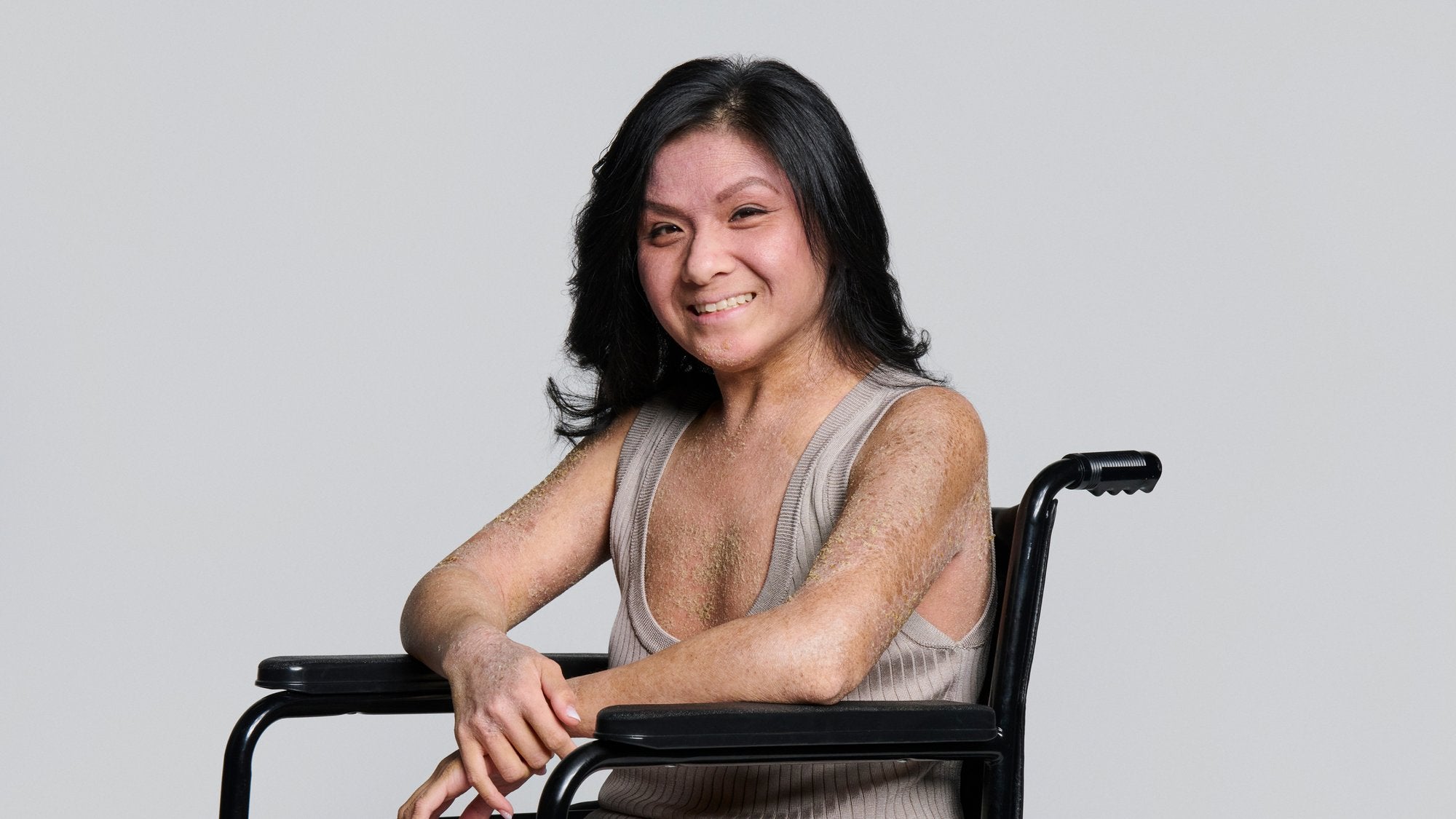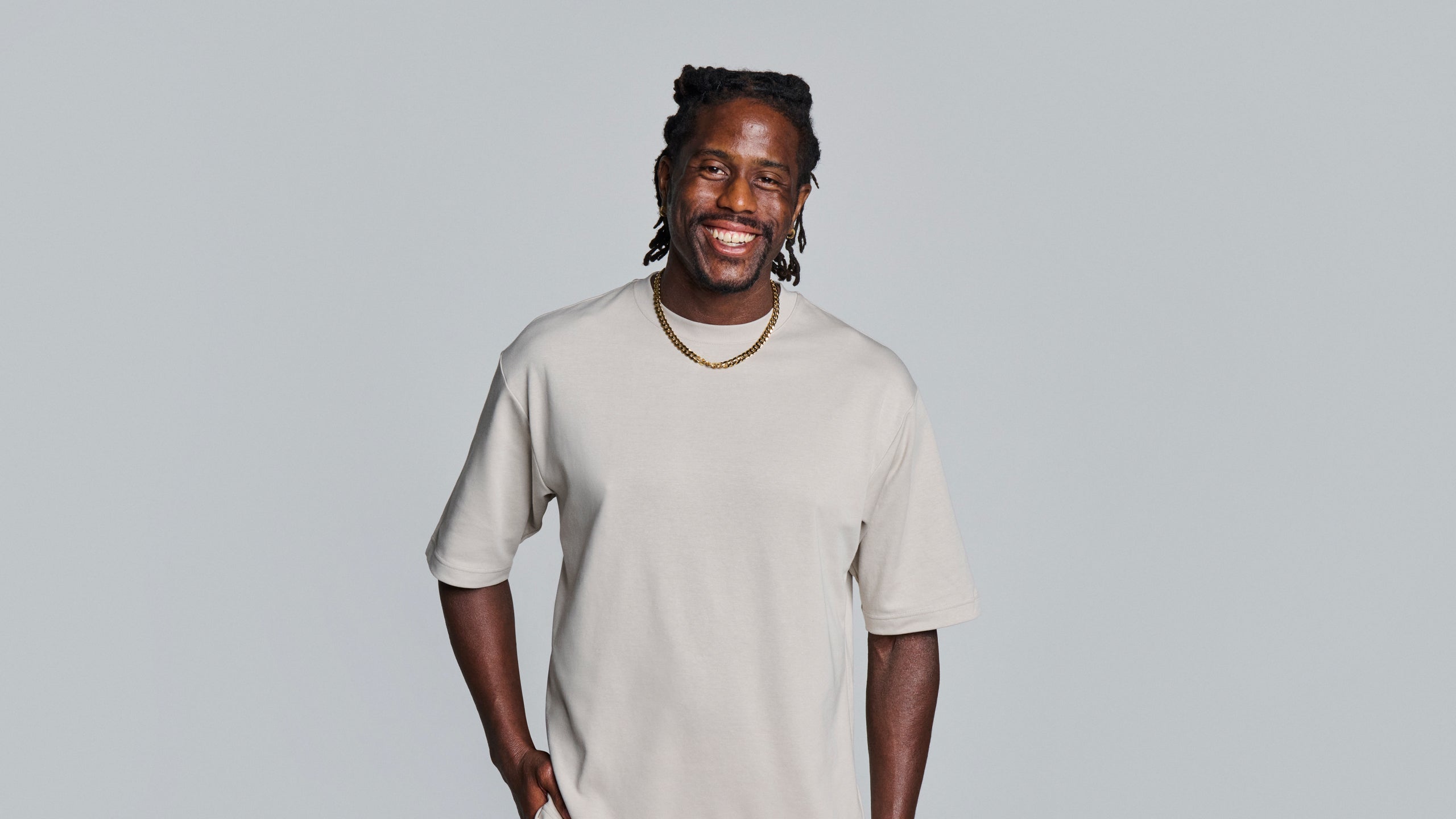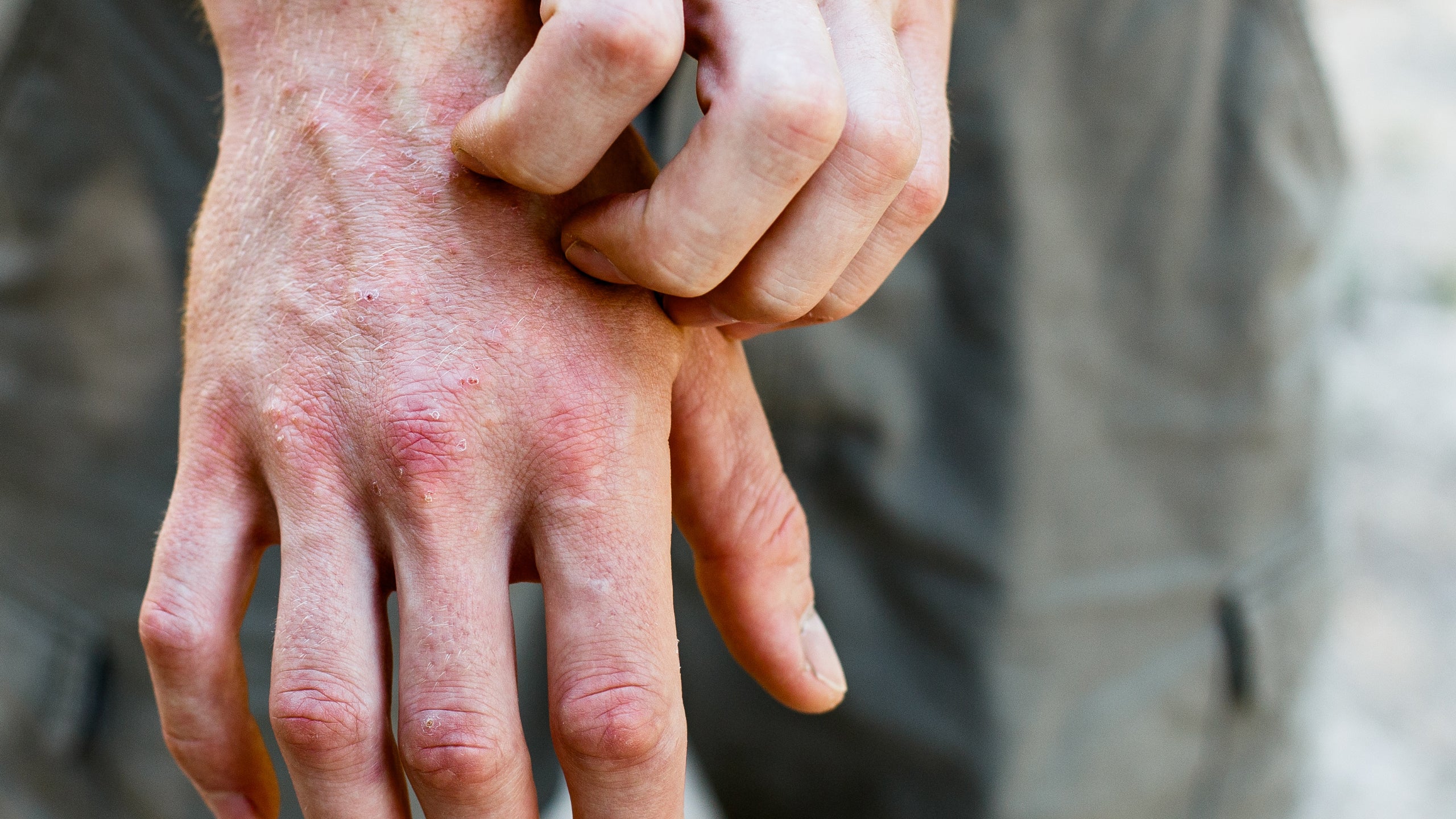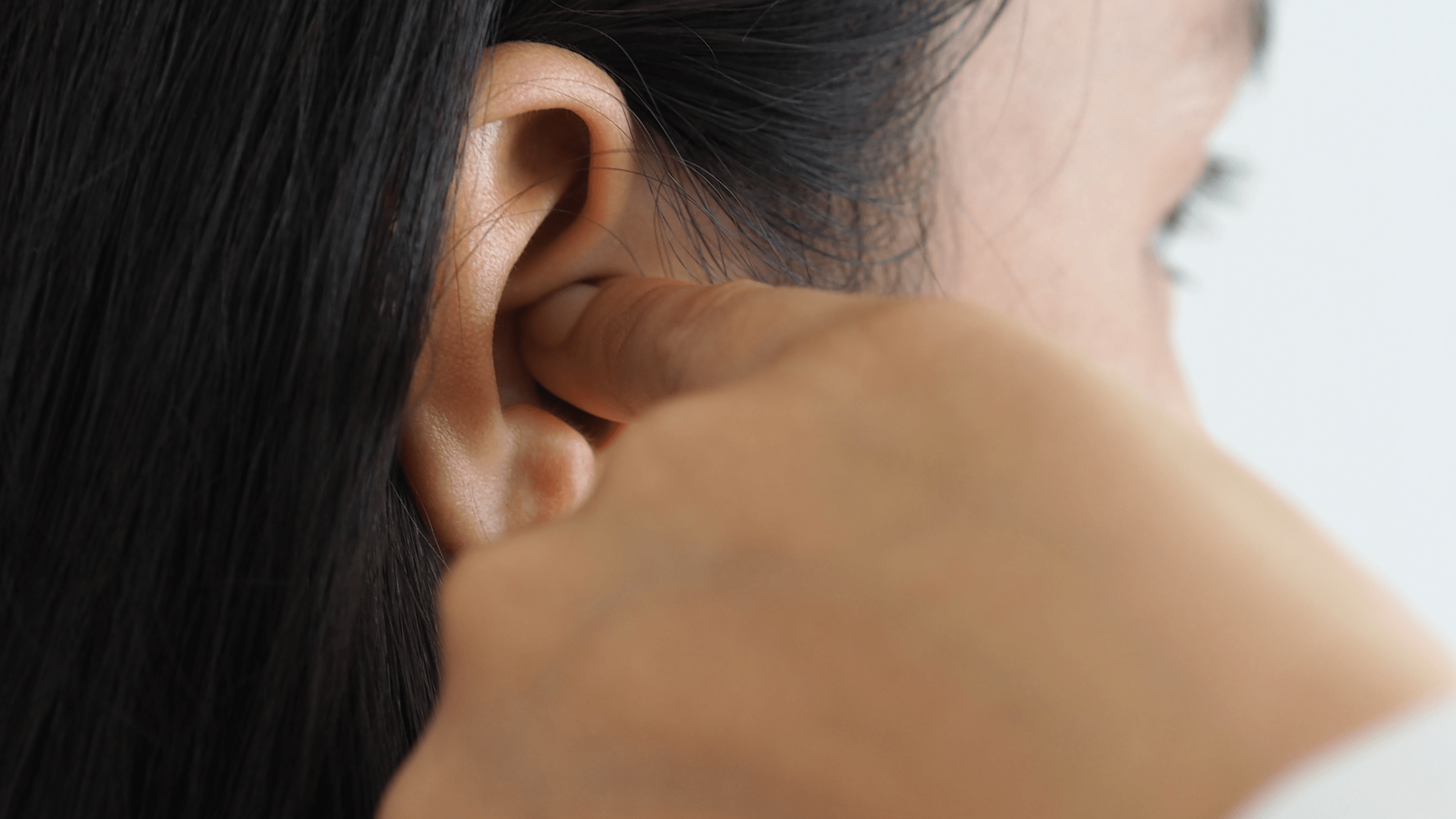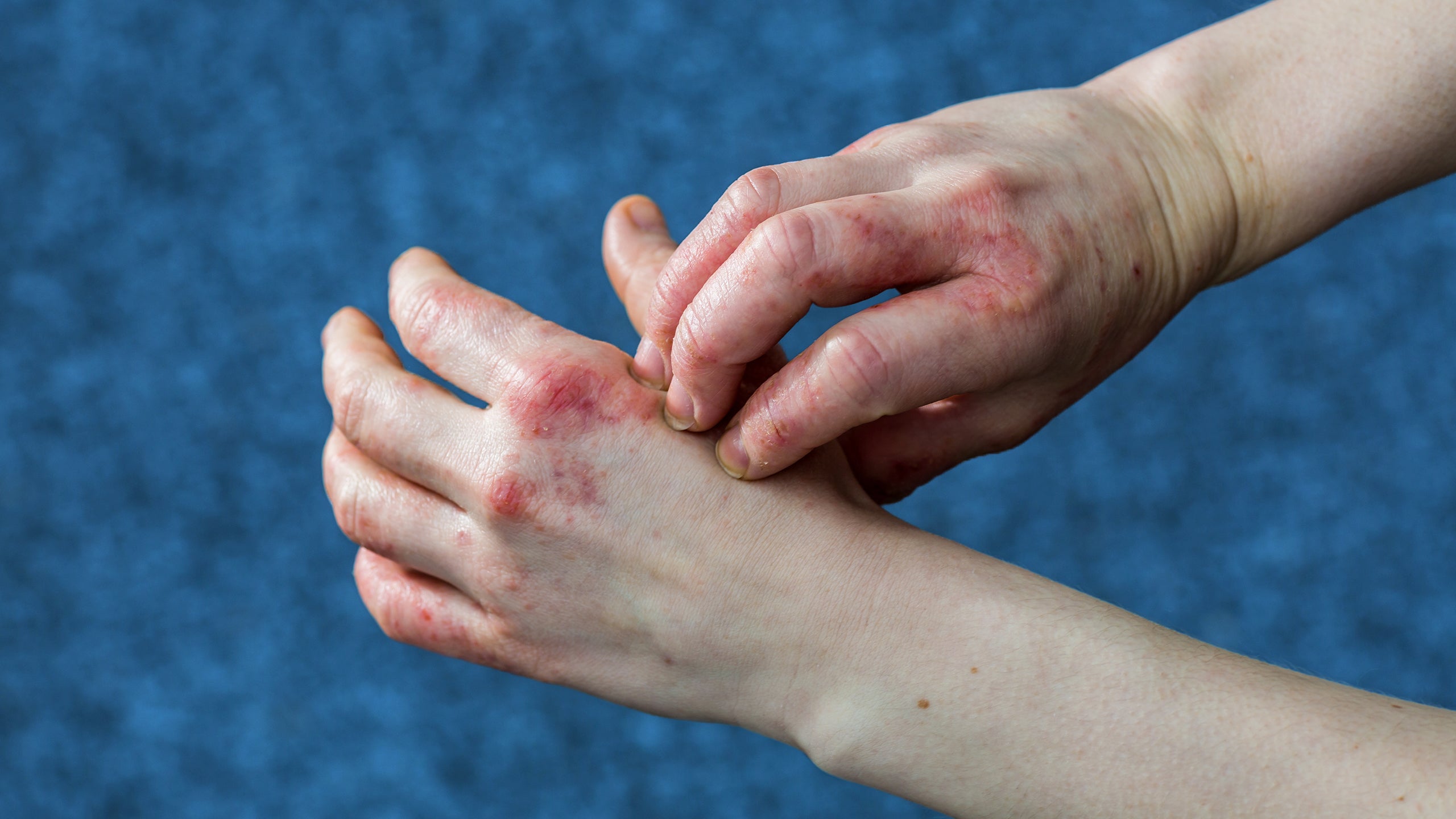Rosacea
Minimalist Skincare: Why Less Is More for Healthy Skin
Acne, Eczema, Rosacea
How to Actually Stick to Your Skincare Routine
Eczema
Ingredient Spotlight: Vitamin E for Your Skin
Acne, Eczema
Stress and Your Skin: Simple Steps You Can Take to Find Balance Again
Skincare to Help You Get the Most Out of Your Makeup
Acne, Eczema, Rosacea
Skincare for Men: Tips and Routines for Healthy Skin
Acne, Rosacea
Beyond the Hype: Should You Buy an LED Face Mask?
Eczema, Rosacea
Glycerin: A Time-Tested Skincare Ingredient
Eczema
How Your Skin Can Impact Your Mental Health
Acne, Eczema
Teen and Tween Skincare: Building a Healthy Routine
Eczema
Can Spring Allergies Impact My Skin?
Rosacea
Rosacea + Eye Health: What’s the Connection?
Eczema, Rosacea
How to Add New Products to Your Routine
Eczema, Rosacea
Everything You Need to Know About Double Cleansing
Eczema, Rosacea
Skin of Color in Dermatology: Why Representation Matters
Eczema
Dealing With Dry Hands in Winter? Here’s What to Do
Eczema, Rosacea
6 Skincare Resolutions To Embrace This New Year
Eczema
Traditional Chinese Medicine for Eczema: What You Need to Know
Eczema
Eczema in Older Adults: Causes, Symptoms, and Treatment
Understanding the Role of the Gut Microbiome in Baby Eczema
Eczema
Wet Wrap Therapy for Eczema: What You Need to Know
Eczema
How to Avoid an Eczema Flare-Up When Traveling
Eczema
Slugging for Eczema: What You Need to Know
Why Does My Eczema Flare Up in Summer?
Eczema
Is Eczema Contagious?
Eczema
How to Navigate Postpartum Eczema
Eczema
Can You Develop Eczema as an Adult?
Eczema
What Is Perioral Dermatitis? Causes, Symptoms, & Treatment
Eczema
Bleach Baths for Eczema
Why Does My Eczema Flare Up in Spring?
Eczema
Biologics for Eczema, Explained
Eczema
How to Avoid an Eczema Flare-Up When Traveling
Eczema
Cradle Cap vs. Eczema: How to Tell the Difference
Eczema
9 Ways to Eczema-Proof Your Laundry Routine
Eczema
Eczema Family with Maxine and Tomo Moriwaki
Eczema
Eczema Hope with Jeremy Paredes
Eczema
Eczema Resilience with Luverne Connelly
Eczema
Eczema Community with Linette Roungchun
Eczema
Eczema Purpose with Sarah Harris
Eczema
Eczema Strength with Gregg Clark Jr.
Eczema
Eczema Joy with Ashley Lora
Eczema
What Causes Eczema To Flare Up?
Eczema
Ear Eczema: Triggers, Symptoms, and Treatment
Eczema
Your Guide to a Baby Eczema Bath - Everything You Need to Know
Eczema
Guide to Toddler Eczema: Causes, Symptoms, and Treatments
Eczema
What Is Dyshidrotic Eczema?
Eczema
Can Hard Water Cause Eczema?
Acne, Eczema

